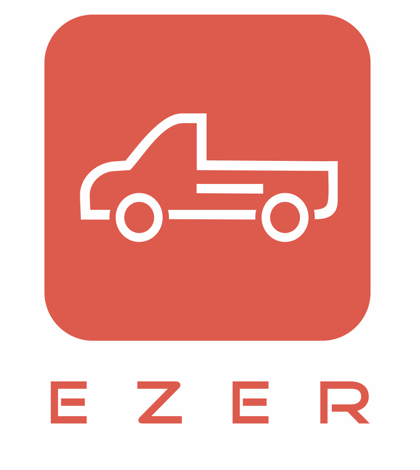Two and a half years ago, Pomona businessman Glenn Todd started EZER, which uses private drivers to haul goods instead of people. At the time, Todd predicted his fledgling company – which he based on UBER – would turn its first profit in 2018.
Todd and Gary Wlassak, the company’s chief operating officer and executive vice president of operations, spoke with IE Business Daily last week on how their expansion plans are working out, how several changes to EZER’s original business plan have worked out, how much the strong economy is helping them and whether or not they will get “in the black” this year.
[Note: This is the latest in a series of reports updating EZER’s progress from its initial days as a start-up company.]
Q: When you started EZER you said your goal was to turn a profit in 2018. In January you said you thought you might get there by the second quarter. How close are you?
Glenn Todd: We’re not there yet. Our [expenses] still exceed our income, and we’re spending a lot trying to grow the company by getting into other markets. But that’s the only reason we’re not making money yet.
Q: How difficult is that process?
GT: It costs a lot to get into other markets. We’re getting closer every month, and I think there’s a chance we’ll be profitable by the end of this year.
Q: Your first markets outside of California were Minneapolis, Pittsburgh and Miami. Did any of those not work out?
Gary Wlassak: Pittsburgh. We had two drivers there, but they weren’t as busy as they thought they were going to be, so we had to let that market go.
Q: Since we last spoke with you in January, what markets have you moved into?
GT: Locally, we’ve moved into Orange County and Los Angeles. Outside of California we’ve expanded into Chicago, Las Vegas, Phoenix, Houston and Oahu.
GW: Those are the markets where we have multiple drivers. We have 42 states where we have one driver.
Q: What methods are you using to get the word out?
GT: Social media. Mostly Facebook, Instagram and Twitter. Also craigslist. If I need a driver, I can always find one on craigslist. We’ve always been able to get driver’s when we’ve needed them.
Q: How much are you spending per market?
GW: Anywhere from $8,000 to $25,000, depending on the size of the market.
Q: Is this is a good time to expand, given that the economy is strong and unemployment is down?
GW: Yes, because a better economy means businesses are doing better, and that means they need to have more things moved. But businesses always have things that need to be moved. If the water heater breaks you have to replace it.
Q: Are you saying you’re recession proof?
GW: Not entirely, no. But with our business-to-business model, how the economy is doing maybe isn’t as important to us as it is to other businesses.
Q: EZER is modeled on UBER, which has become a billion-dollar global operation. it’s also had some well-publicized setbacks recently. Its moves into bicycle sharing and food deliveries have lost money, and some of its employees have been accused of spying on competitors, to cite several recent examples. Have you learned anything from UBER’s travails?
GW: They’ve had some problems, but they seem to be getting through it. I think most of their problems are internal. Their drivers are independent contractors, and they seem to be having the same problem a lot of companies have when they use independent contractors.
Q: Aren’t EZER’s drivers independent contractors?
GW: Yes, but I think we’re more focused on our drivers than they are. Yes, drivers are independent contractors, but they’re also part of a team, and you need to treat them that way. I was in the trucking business for 30 years so I know how important they are.
Q: Do you believe they will turn things around?
GW: Yes. They have a new chief executive officer and they’re getting back to their core business, which is why they’re doing better lately. For example, they’re getting away for UBER Eats because they found out it’s not that easy to deliver food. It’s not hard to get the food but delivering it is another matter. I think they’ll be fine.
Q: The last time we spoke you said you had no competition, that no other company is doing what EZER is doing? Is that still the case?
GT: There are a couple that are doing close to what we’re doing, but none that are doing exactly what we’re doing. We’ve become more of a business-to-business operation, meaning moving things from one business to another.
Q: Where is the business now compared with when it started?
GW: Our fee structure is still the same. We charge $28 for seven miles or less. If it’s longer than seven miles we negotiate. We’re up to about 60 drivers from our original 15, and our awareness level is up. A lot more people know about us now than knew about us then. We’re also functioning a lot smoother. The future looks bright.
 IE Business Daily Business news for the Inland Empire.
IE Business Daily Business news for the Inland Empire.


